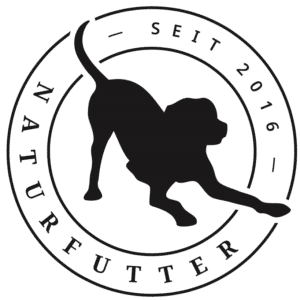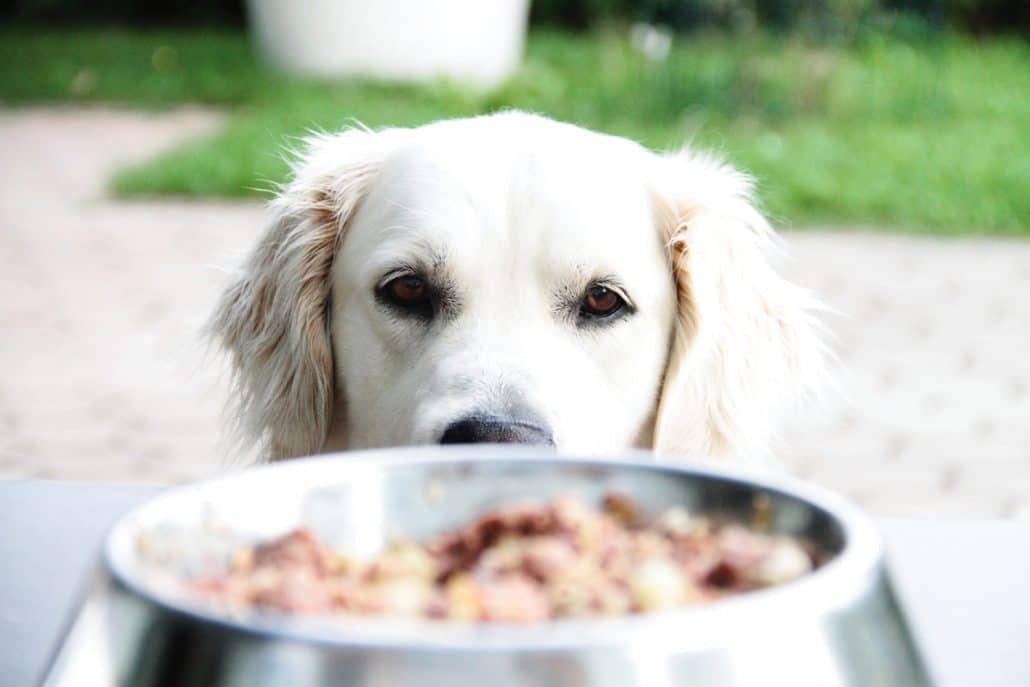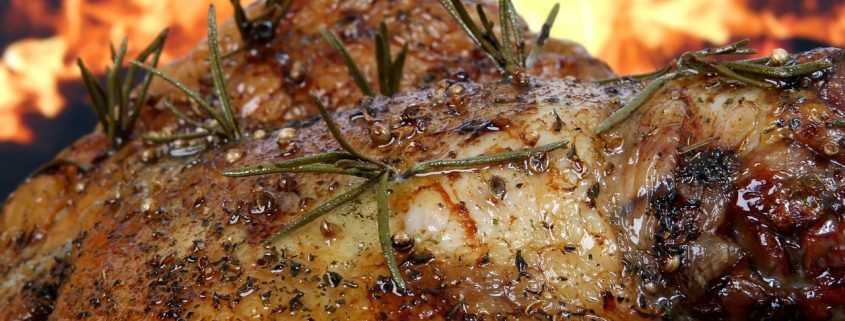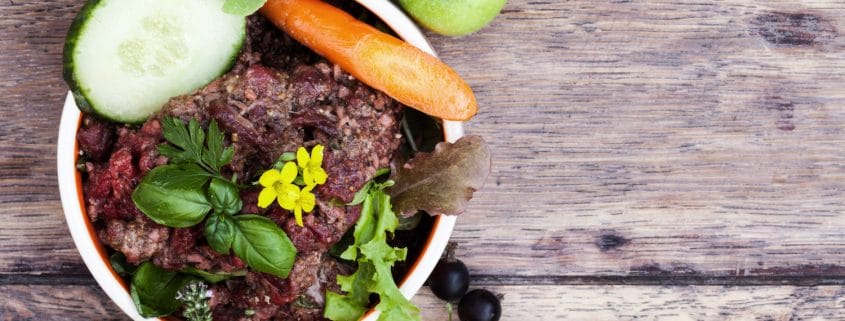Don't worry. You do not need a calculator and also no study, in order to convert your dog to a BARF feeding. For ourselves, we do not weigh every day whether we take enough calcium, iron, fat or protein to us!
It is important that the food is varied and fresh! This is true for the dog, as well as for ourselves!
In our previous blog posts, you will find detailed information on which vegetables/fruits and meats are suitable for feeding, what composition of muscle meat, fat, offal, bones, vegetables/fruits and oils the rations should have, and many other useful tips.
Ready to go?
To prepare, all you need to do is create some space in the freezer, get yourself a sharp knife with which you can easily cut meat and have a way to grate vegetables and fruit or chop them with a food processor, for example. A blender and a kitchen scale are also good helpers!
You can easily make the switch from one day to the next for a healthy dog. Do not mix dry food and fresh meat in any case!
It is important not to overload the digestive tract during the changeover. The stomach, pancreas and intestines must first adjust to the new food and nutrient composition. Introduce different types of meat gradually and also start initially without bones, offal and with only one type of vegetable.
Get started.
For the first week, start with an easily digestible muscle meat like turkey or chicken. You should also choose only one type of vegetable at first. Carrots or zucchini are best for this.
Natural food tip: Mix the best directly the sufficient amount for a whole week together! Then simply portion, freeze and defrost as needed!
As a source of fat add to the lean meat a little goose fat, lard, butter fat or coconut fat.
Ready for the next step?
If meat and vegetables are well tolerated, you can now add chicken necks or wings as a supplementary bone portion. If you do not want to or cannot feed bones, algae lime, deer horn meal or eggshell powder should be added as a calcium source. Offal such as chicken liver can now also be added to the feed bowl.
Give your dog 1-2 weeks until you introduce the next protein source, e.g. beef. If this is well tolerated, now also feed animal by-products such as rumen, leaf stomach, cartilage, etc. to.
Observe your dog's digestion and always take the next step only when there are certainly no digestive problems. Otherwise, take a step back and wait until everything has normalized.
What you can do to support your dog during the transition?
Diarrhea or even vomiting may occur during the first few days. However, these symptoms should subside after 2-3 days at the latest. You can support your dog by giving him intestinal bacteria (probiotics such as Probiotic or Basis-Damaufbau) to build up the intestinal flora. To calm the stomach, flaxseed mucilage can be given about 15 minutes before feeding in case of vomiting and occasional spitting.
After the conversion
It is sufficient to feed about 3 different types of meat (protein sources) in alternation after the successful conversion. For fruits, vegetables and herbs, alternate as you see fit based on season and availability. The more varied the vitamin sources, the better.
You will see the positive effect of the change of feed:
- the amount of stool becomes smaller
- the chair becomes firmer
- the dog drinks less
- Better defined muscles
- Shiny coat
- more pleasure from eating
Food refusal?
If your dog refuses the new food, try one of the following tricks:
- Pour warm broth over meat and vegetables
- Lightly fry meat in coconut fat
- Sauté the vegetables, puree and mix into the meat
Some dogs are spoiled due to the flavor enhancers in the ready-made foods and must first learn to classify and accept the new food as "edible"! The dog can do without food for 2 days as long as there is always enough fresh water available. So stay consistent 🙂 You will see! Once tried, the industrial food is quickly forgotten.
If you have any questions or problems, feel free to contact us!
If the effort is too great or you are unsure, ready-mixed Barf menus are also excellent. These already have a good mix ratio of marbled muscle meat, offal, minced bones, vegetables / fruit and oil.
Get started! It's never too late to eat healthy!








